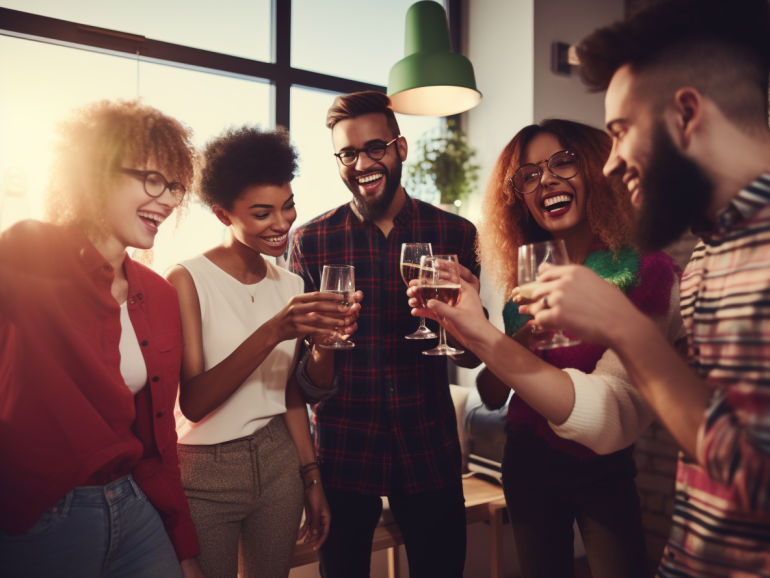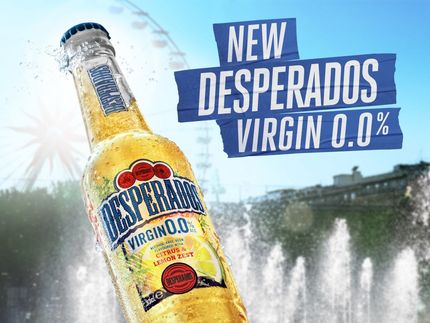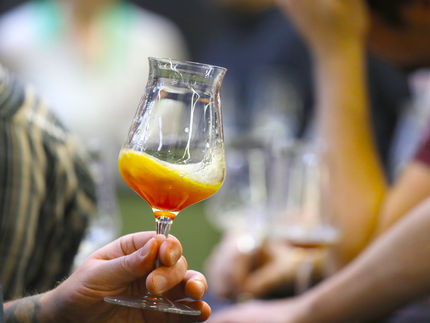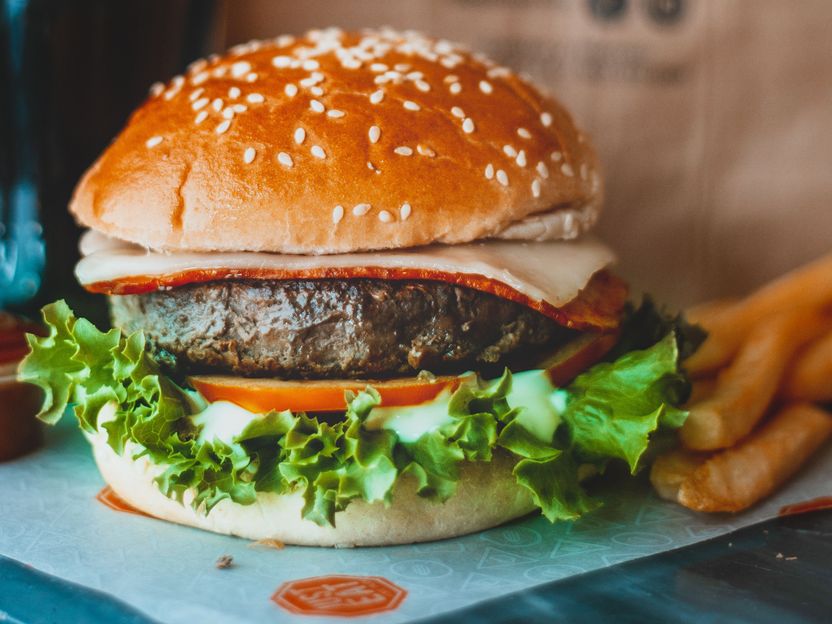3 ways alcohol brands can unlock sales of ‘sober curious’ Gen Z
Advertisement
What is sober curiosity?
While the (Gen X) supermodel Kate Moss was renowned for her love of alcohol, (Gen Z) model Bella Hadid is celebrating her new-found sobriety, telling Elle: “I don’t feel the need because I know how it will affect me at 3 in the morning when I wake up with horrible anxiety thinking about that one thing I said five years ago when I graduated high school.”

Computer generated picture
Rather than being an outlier, Bella Hadid speaks for a generation. Take Hadid’s birthplace, France, where alcohol is ingrained in culture and mealtimes. Yet nearly three out of ten 18-24 French Gen Zs don’t drink at all, with an additional third reducing or limiting their consumption over the past year. In fact, only around a third of 18-24-year-olds drink regularly, compared to half of French adults aged 55+. This pattern repeats itself across Europe and more recently in North America.
Alcohol companies risk many years of managed decline
This is a big issue for alcohol companies, who have not been able to monetise Gen Z in the same way as they did with the harder-drinking Millennials, and Gen Xers. There’s been a €2.7Bn (4%) decline in European sales of beer, wines and spirits in 2022 according to IRI, and unless alcohol companies can profit more from Gen Z – they risk decades of managed decline.
Alcohol companies need to get ahead of the curve. Back in 2014, I called out non-alcoholic beer as a segment with huge global sales potential, based on the evolution of higher quality non-alcoholic beers in Spain and Germany. In 2014, just one in 25 new beer launches into retail was non-alcoholic, but in the first three months of 2023 this figure has jumped to one in ten, according to Mintel GNPD.
Why is Gen Z drinking less alcohol?
The reasons are multi-faceted, ranging from the dislike of “hang-xiety” described by Bella Hadid to a desire to feel better about themselves and save money.
But, just as the prevalence of global smoking among teenagers has decreased dramatically since the 1990s, alcohol too has lost its youthful ‘cool factor’. This is in large part due to hard-hitting government ads warning European teenagers about the dangers and embarrassments of binge drinking, and the strong link between alcohol and violence.
Gen Z, like all new generations, is also seeking to define themselves as what their parents are not. And many Gen Zs grew up with parents that drank to excess.
Finally, Gen Z embraces diversity far more than previous youth cohorts. For my Generation (X) and older Millennials, there was a huge amount of peer pressure to drink alcohol. In contrast, Gen Z is more accepting and respectful of individual differences and choices.
3 opportunities to target a sober curious cohort
Big alcohol companies are in a race against time to evolve into ‘total beverage’ players, rather than relying on alcohol revenue alone. Here are three sure-fire ways for them to target Gen Z:
1. Target a wider variety of non-alcoholic need-states
While low/no alcoholic beers are ideal for refreshment and summer hydration, alcohol companies should look at creating non-alcoholic ‘spirits’, ‘cocktails’ and ‘wines’ to target other sober Gen Z occasions such as relaxing evenings in, ‘high tempo’ nights out and mealtime accompaniments.
2. Calm an anxious cohort
Gen Z has long-struggled with anxiety as a result of growing up with their smartphones. Unlike previous generations, Gen Z is consciously choosing not to use alcohol to calm their nerves, and this creates a space for functional non-alcoholic brands.
Companies should invest in ingredients that deliver calm, whether that be adaptogens, as used by Bella Hadid’s Kin Euphorics ‘to manage stress’. Or Sentia, which claims to manipulate the GABA region of the brain to imitate that first drink of the night but without consuming any alcohol.
3. Target Gen Z with premium alcohol options
Finally, alcohol companies need perspective. Gen Z may spend less on alcohol but the vast majority of them do still drink alcohol. As Gen Z’s purchasing power increases, companies can target them with ‘quality over quantity’ messaging, and with exciting innovation which triggers their FOMO, such as a visual ‘wow factor’ (eg an alcoholic drink with glitter or changing colour).



































































